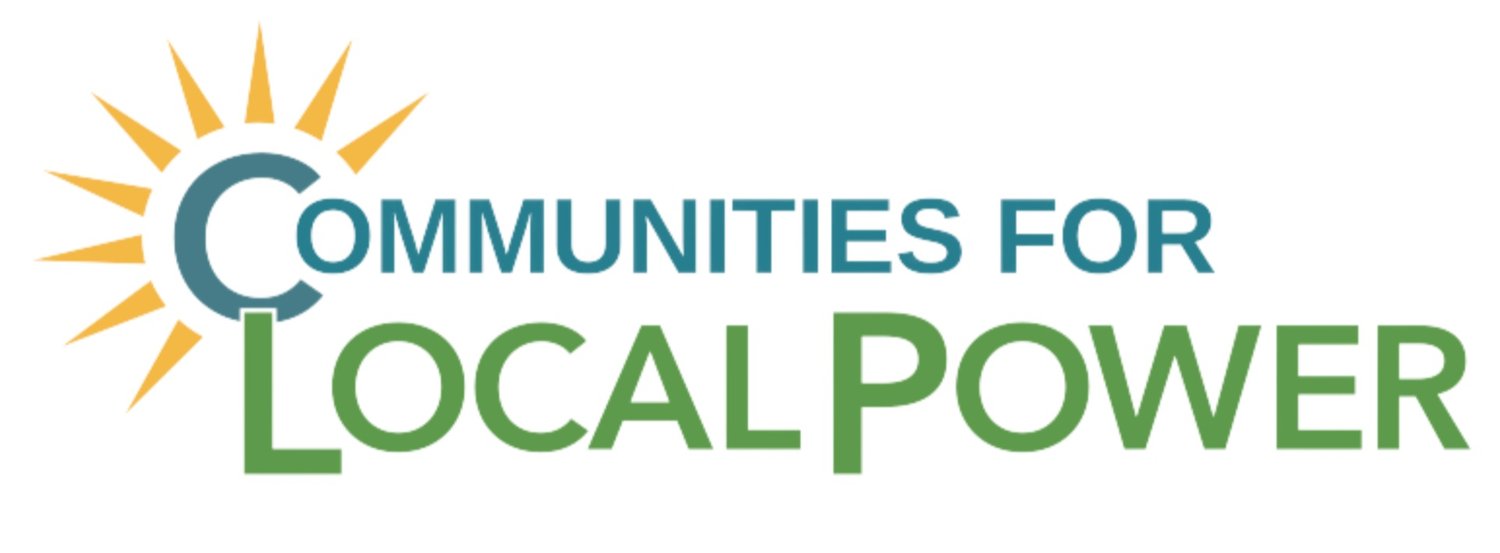OUR RESPONSE TO PHASE 2
January 18th 2023
The Public Service Commission,
The New York Energy Democracy Alliance (EDA) is a statewide alliance of 29 community-based organizations, grassroots groups, and policy experts working together to advance a just and participatory transition to a resilient, localized, and democratically controlled clean energy economy in New York State. In light of Governor Hochul’s State of the State address, we are appreciative of the state’s focus on energy efficiency and affordability for all New Yorkers. However, in addition to state programs, we need investor-owned utilities to pay their fair share to alleviate the burden of the energy crisis on low-income communities statewide.
Despite the success of the State’s recent Electric and Gas Bill Relief Program (Phase 1), which eliminated $587 million of past-due balances for low-income residential customers who were identified by their utility as Energy Affordability Program (“EAP”) participants, overall residential and small business arrears throughout the State remain far above pre-pandemic levels.
The Energy Democracy Alliance supports The Working Group’s recommendation for a Phase 2 Utility Arrears Relief Program (Phase 2 program) that would provide one-time arrears credits of approximately $672.1 million across the State. However, it was also proposed that $570.5 million, or 85%, of Phase 2 program costs be funded by ratepayers. This stands in stark contrast to the Phase 1 program, for which ratepayers were only responsible for approximately $234 million, or 40%, of program costs.
Low-income customers already face excessive energy burdens, which have been worsened by the economic disruptions caused by the pandemic, inflation, and extreme weather. In the coming months, New York households may face energy prices that are 20 to 30 percent higher than last winter. As a result, vulnerable New Yorkers, especially those living in older, drafty, energy-inefficient homes, are forced with an impossible choice between keeping the thermostat up or putting food on the table.
As of November 2022, over 1.2 million New York households were still in debt to their utility company, with an average household debt of a whopping $1,127. As proposed by the Working Group, shareholder contributions would fund only approximately 12-15% of Phase 2 program costs — despite the fact that the utilities have been able to increase dividends to almost $1.6 billion during the pandemic. A more equitable sharing of costs would be achieved by shareholders and ratepayers each assuming 50% of Phase 2 program costs.
Financial data from the pandemic years are in, and they show that not a single major utility in New York decreased shareholder profits in 2020, when average people were facing unprecedented job and income losses. In fact, Niagara Mohawk (a subsidiary of National Grid) actually gave dividends to their stockholders in 2020 when they had declared none in 2019, and Con Ed, NYSEG, and O&R increased the amount of profits paid to shareholders during every year of the pandemic. Meanwhile, according to the docket in DPS Case Number: 91-M-0744, nearly half a million termination notices were sent out in March 2022, alone. The PSC shouldn’t approve a plan that lets the utility companies escape their fair share of the energy debt crisis; households cannot and should not be the only ones to bear burdens from this debt.
Sincerely,
NY Energy Democracy Alliance (EDA)
Communities for Local Power joins our allies in the Energy Democracy Alliance in calling for the Public Service Commission to prioritize community members over the profits of investor-owned utilities.
We demand an equitable solution to our energy crisis.
